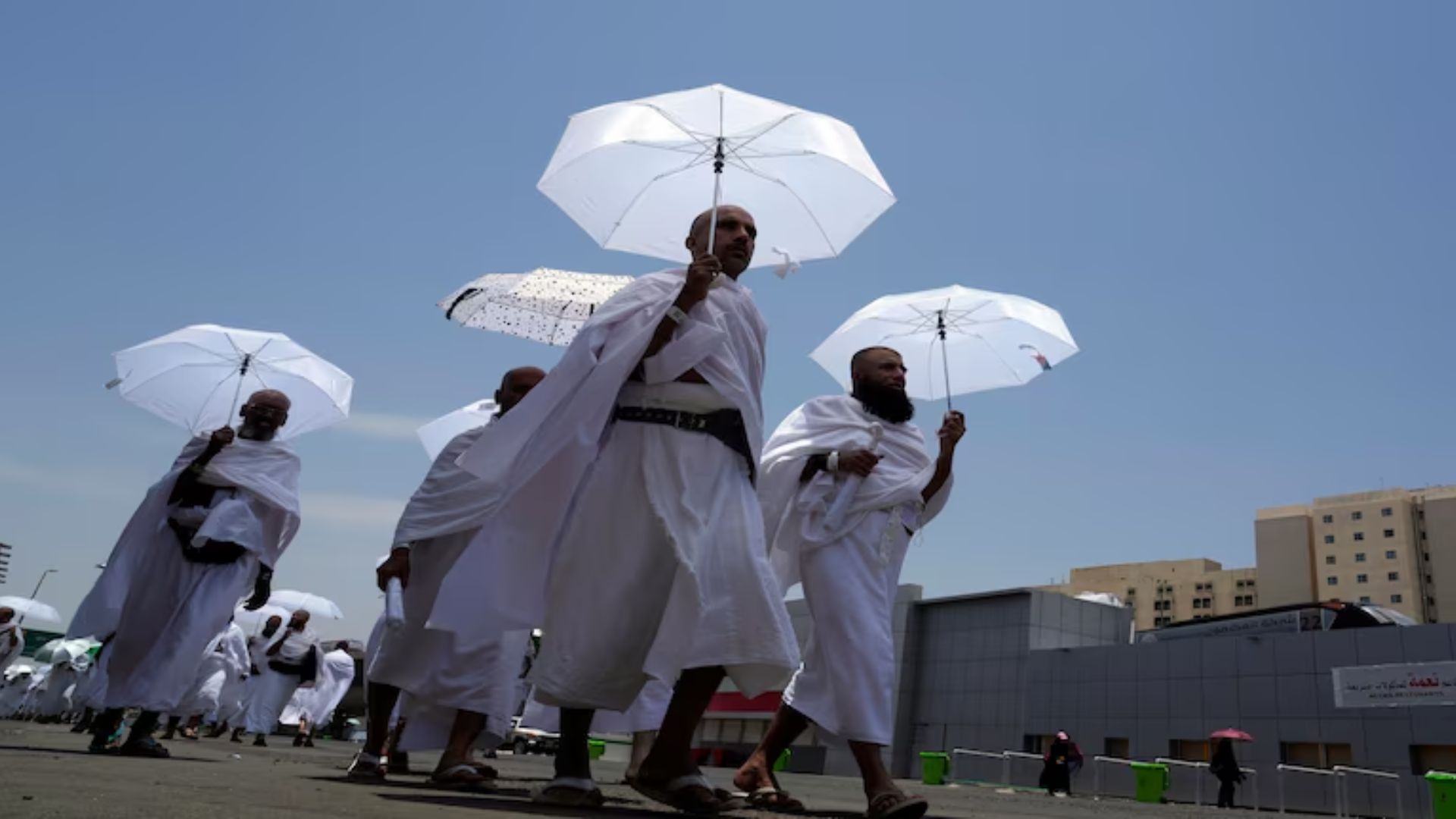
Hajj pilgrimage deaths : Transition to Cooler Seasons Begins in 2026
Table of Contents
Hajj pilgrimage deaths : Transition to Cooler Seasons Begins in 2026
Next year’s Hajj will be the last time the pilgrimage takes place during the intense summer heat for the foreseeable future.
The Saudi National Meteorological Center has announced that starting in 2026, Hajj will shift to the spring season for eight years, followed by eight years in the winter.
This change means that summer Hajj, characterized by extreme temperatures often exceeding 45 degrees Celsius, will not occur again until 2041.
The Impact of Climate on Hajj
The Hajj, one of the five pillars of Islam, is a religious duty for Muslims that must be carried out at least once in their lifetime. It occurs annually in the Islamic month of Dhu al-Hijjah in Mecca, Saudi Arabia. Historically, the timing of Hajj shifts each year due to the lunar Islamic calendar, which is about 11 days shorter than the Gregorian calendar.
Historical Climate Challenges
Performing Hajj in the summer has always posed significant challenges due to the extreme heat in the Arabian Peninsula. Pilgrims often face temperatures that can soar above 45 degrees Celsius, making the journey particularly arduous. Despite modern infrastructure and amenities, such extreme weather conditions still pose health risks and logistical challenges.
Preparing for the Transition
Authorities in Saudi Arabia are preparing for this significant climatic shift. Dr. Mansour Al Mazroui, a climate change researcher and member of the Shoura Council, emphasized that the upcoming changes would ease some of the physical demands on the millions of pilgrims who participate in the Hajj each year. The move to cooler seasons is expected to enhance the overall experience by reducing the risk of heat-related illnesses.
The Future of Hajj
Starting in 2026, the Hajj season will align with spring, continuing through to 2033, followed by winter from 2034 to 2041. This adjustment marks a period where pilgrims can expect more moderate temperatures, facilitating safer and potentially more comfortable conditions for the sacred rites. From 2041, the cycle will once again include summer Hajj, continuing to rotate through the seasons.
This shift is part of broader efforts to ensure the safety and well-being of pilgrims. The Saudi government has consistently invested in improving the infrastructure around the holy sites, including the development of cooling systems and enhanced medical services. The seasonal shift aligns with these efforts, aiming to make the pilgrimage more accessible and manageable for Muslims worldwide.
Continue reading: Climate Change Protestors Arrested for Painting Stonehenge Orange


